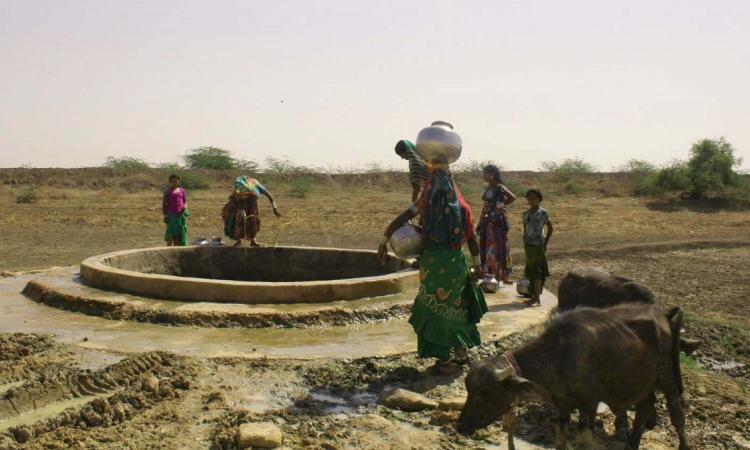
Summer temperatures soar to a gruelling 50ocelsius in Rapar, a little known block in Gujarat’s Kutch district. Land here is dry, saline and arid; the monsoon is erratic. Many a times, the entire year’s rain falls in a short span of two or three days, doing more harm than good. Dubbed a dark zone, groundwater extraction is rampant even as agriculture remains the main source of income. Water here is a luxury, available only to the rich upper caste Patel farmers who have their agricultural lands next to the water sources.
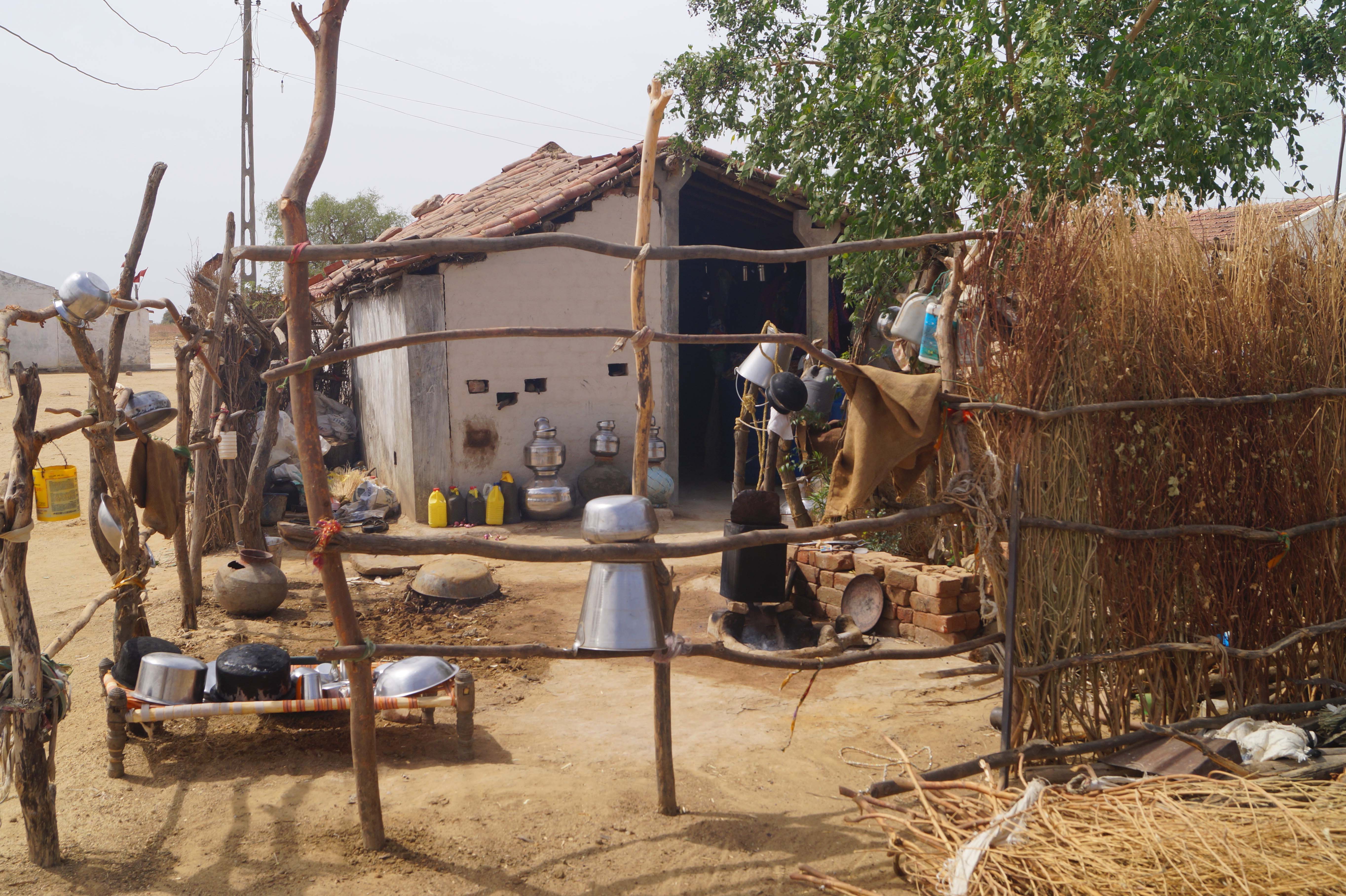
For the marginalised communities, it is another story. In the village, the Kolis and the Harijans live in vandhs, the settlements in deep, desert lands, where they build coarse dug wells that fulfill their water needs for a few months after the monsoon. Women walk 3-8 km each day to fetch drinking water. Once this supposedly close source of water dries up, the families simply migrate. They move bag and baggage towards greener pastures in search of water and work, putting at risk their health, stability and the future of their children. The OBCs (other backward class) mainly rear cattle in Rapar. When the dry weather sets in, they migrate, too, with their families and animals in tow, walking for miles and living in camps for months, patiently waiting for the monsoons to come again.
Samerth, a non-profit development organisation, began their Rapar journey in 2001 to try and resolve the water needs of the community. With the support and contribution of the community, they constructed water structures and formed a Paani Samiti from the beneficiary households for each structure in the vandhs. With the implementation of Mahatma Gandhi National Rural Employment Guarantee Act (MGNREGA), an opportunity to restore traditional water structures arose. Jaldoots or water messengers--the people trained under the MGNREGA act to help others in executing crucial projects like water for the village, were appointed which further helped build the village assets, with strong support from the villagers.
By 2009, an integrated strategy emerged, where the community, along with the technical experts designed and planned all interventions. These micro plans became the cornerstone for construction of village water structures, which involved the otherwise sidelined vandh community. In 2012, Samerth trained locals in geohydrology aspects, so that they were competent and confident to plan, retain and recharge their water resources better.
Today, the impacts of these initiatives are clearly visible. Till date, 34 ponds, three road works, four afforestation works, 72 earthen check dams and 70 dug wells have been constructed in the target area. Migration has reduced by more than 50 percent, the poorer communities now rear more animals as an added source of income and dairies have come up, too.
While the neighbouring areas face water scarcity, Rapar’s water structures built with Samerth support, sparkle with water even in peak summers. The following pictures are a testimony to this successful intervention:
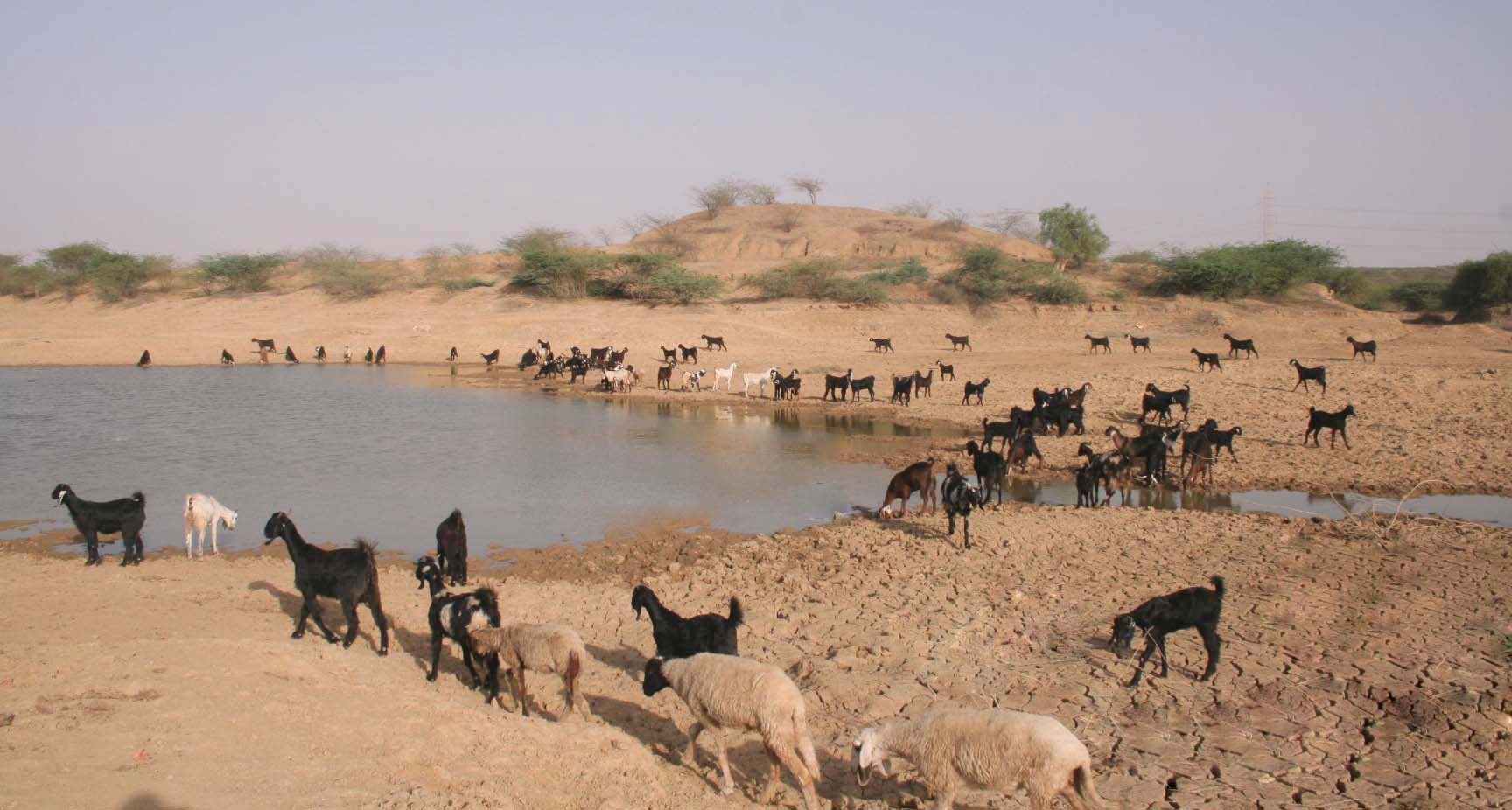
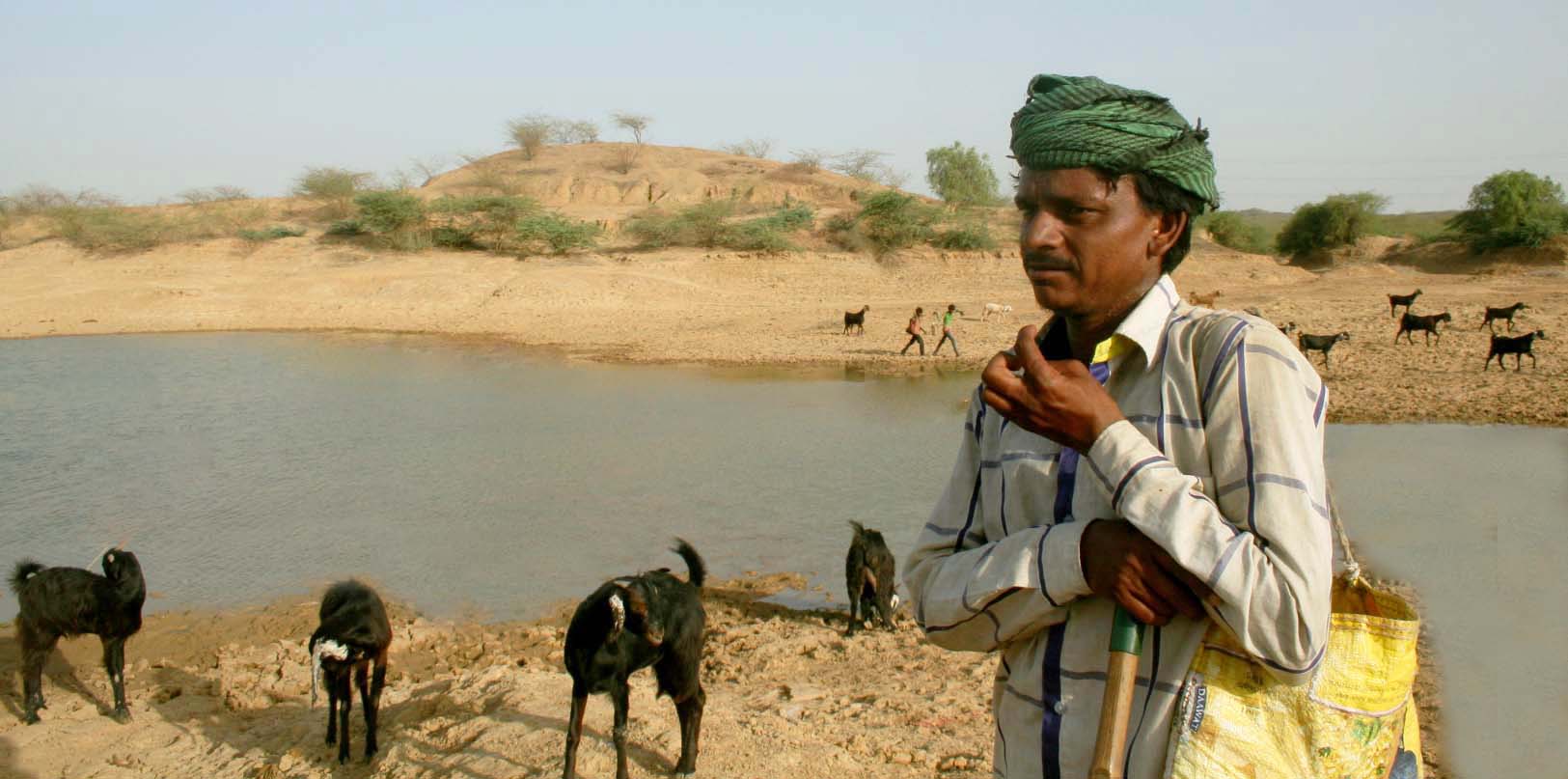
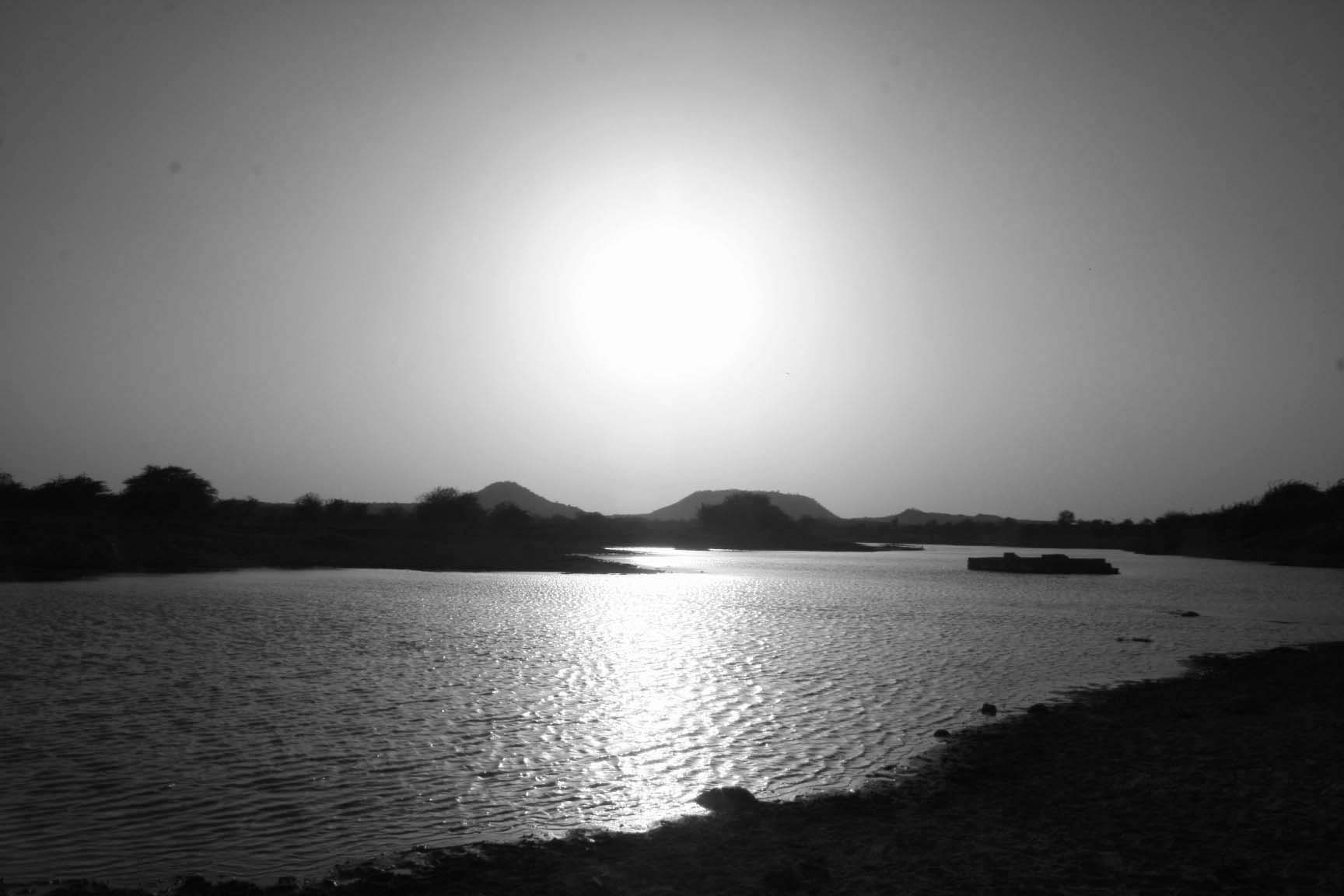
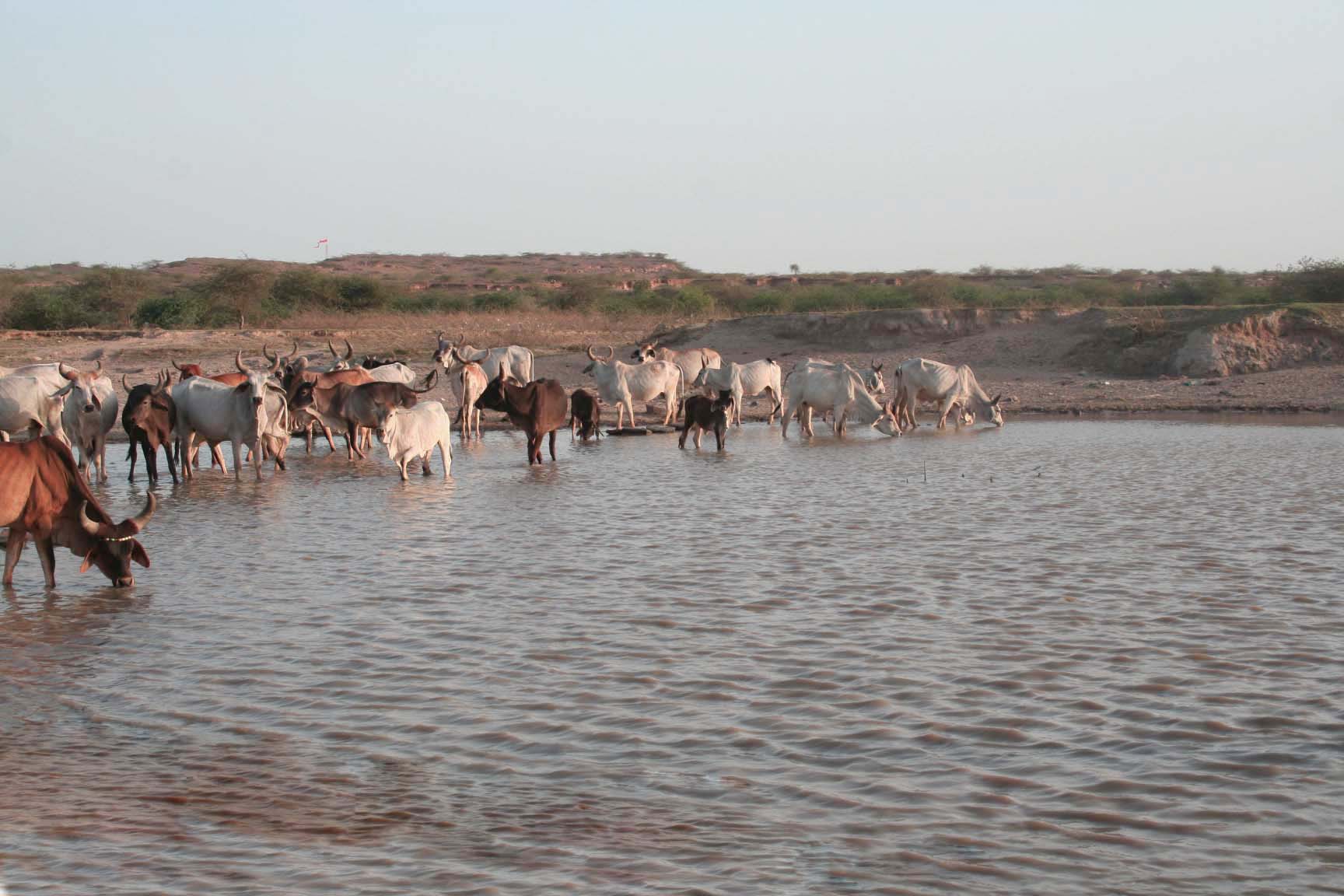
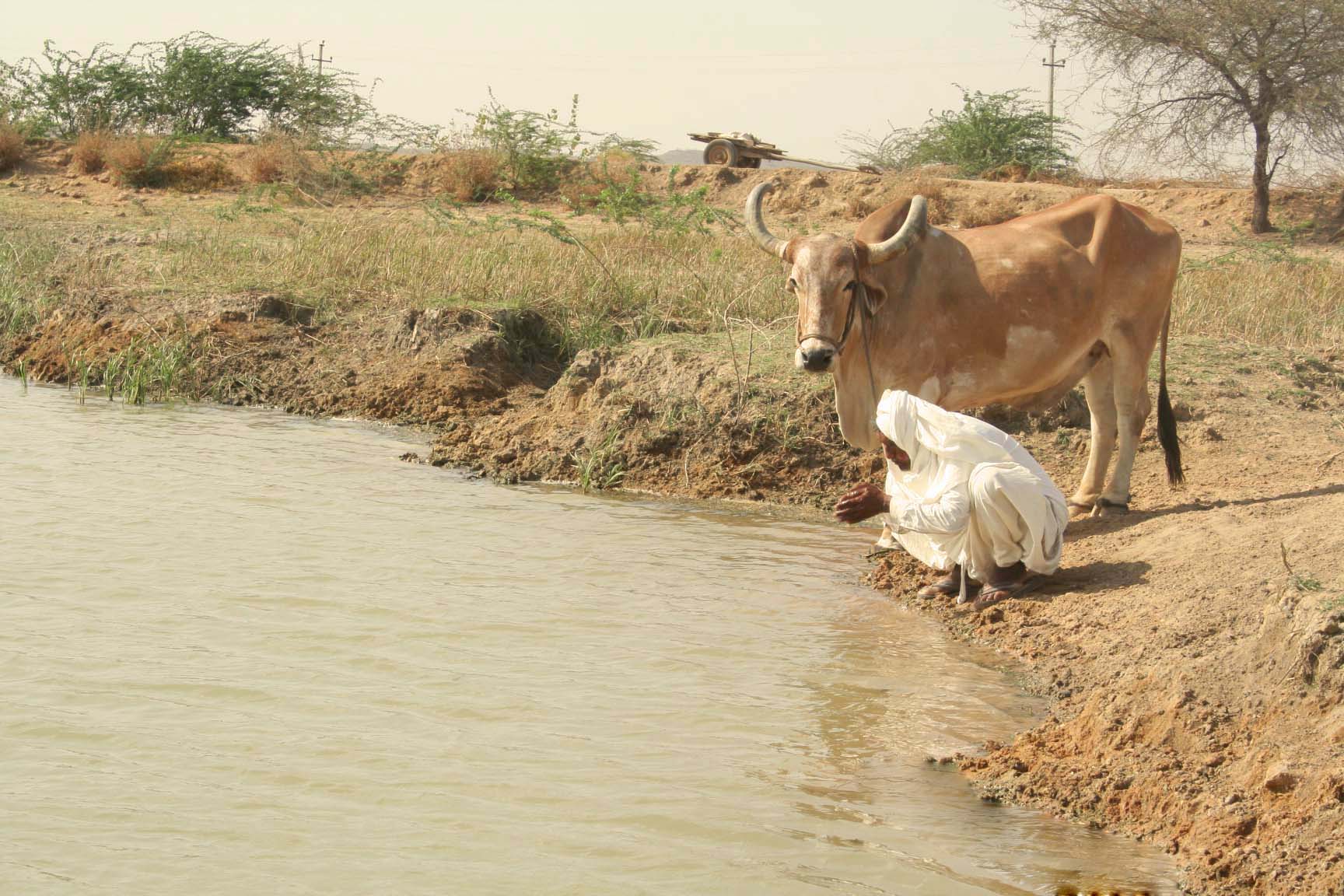
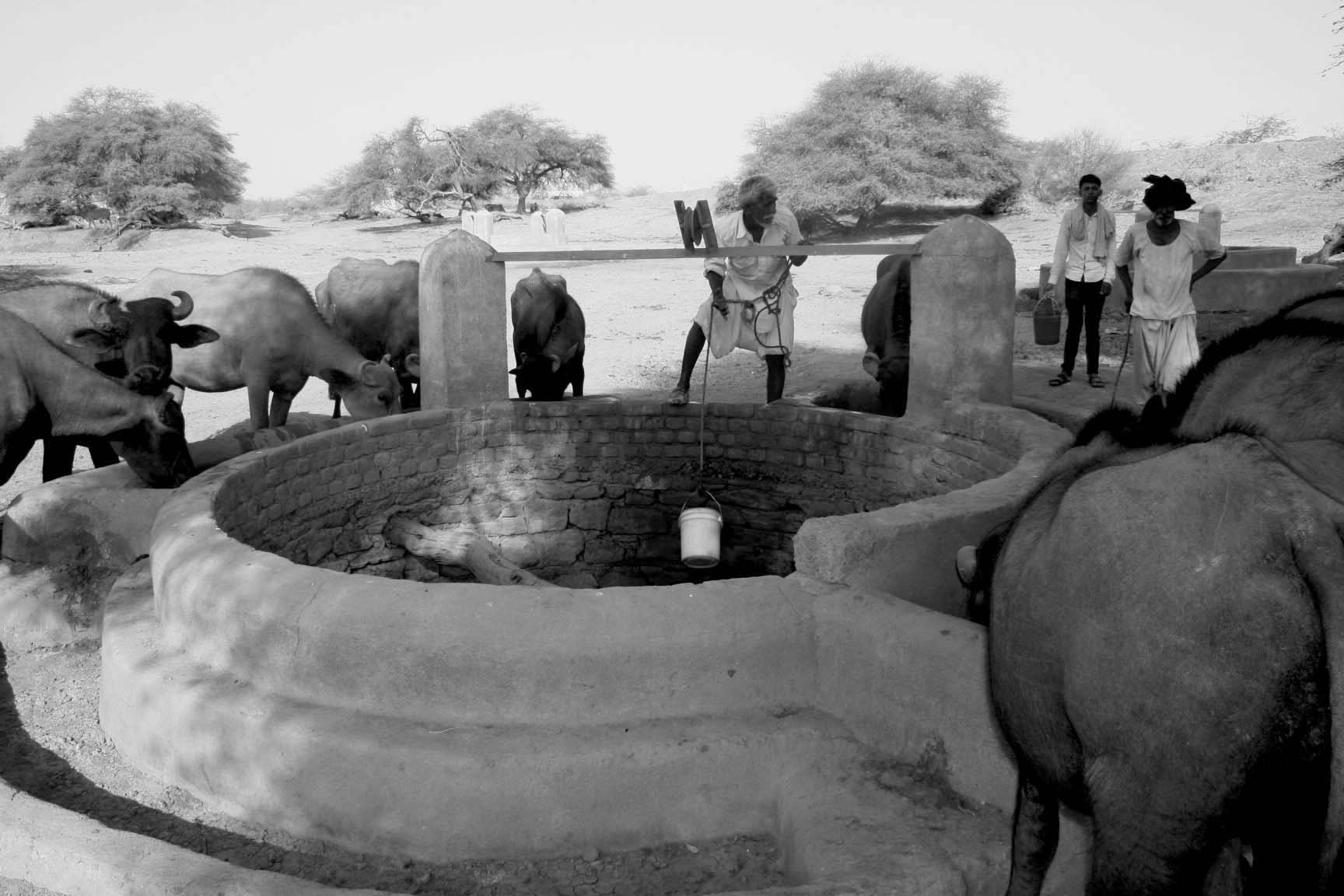
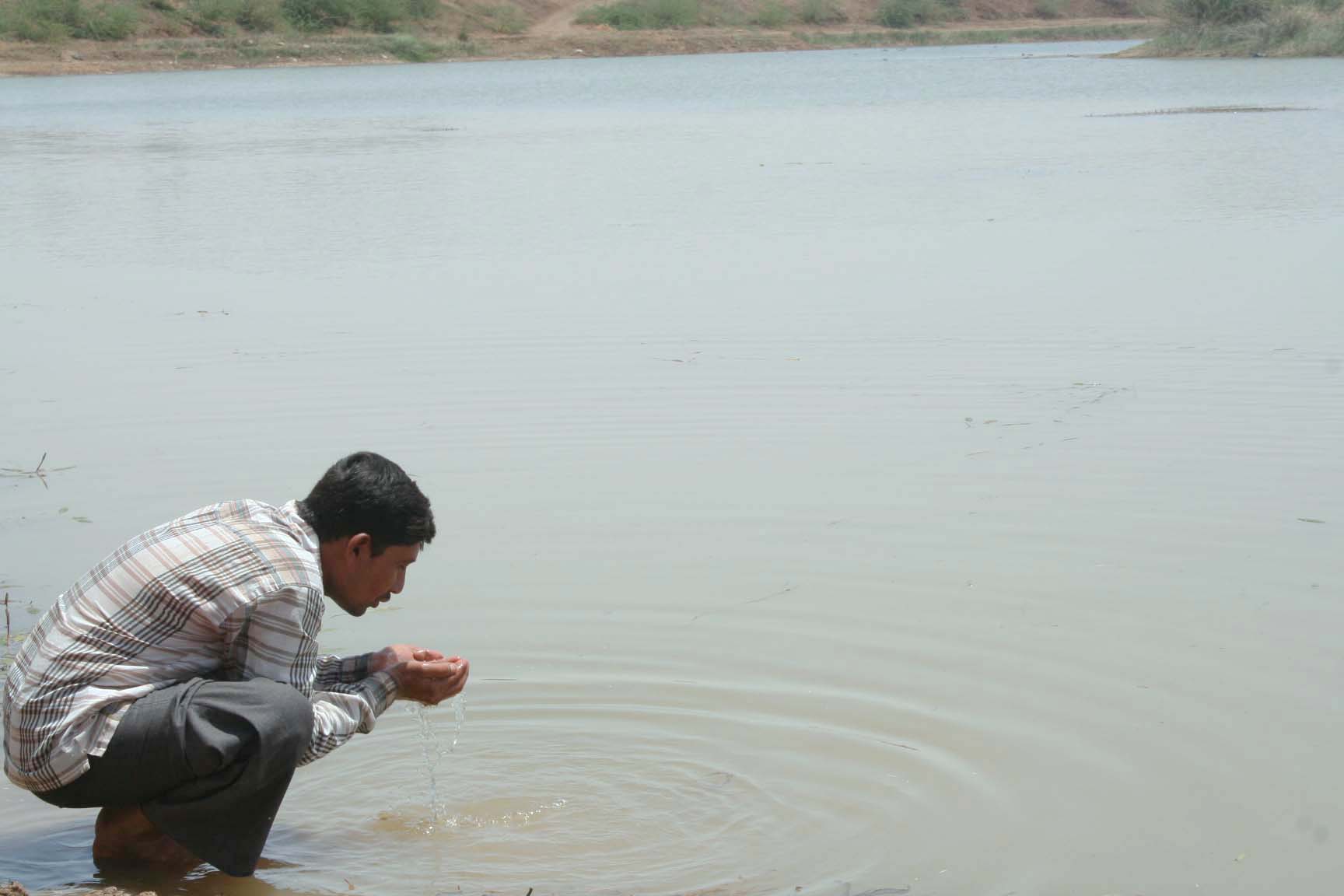
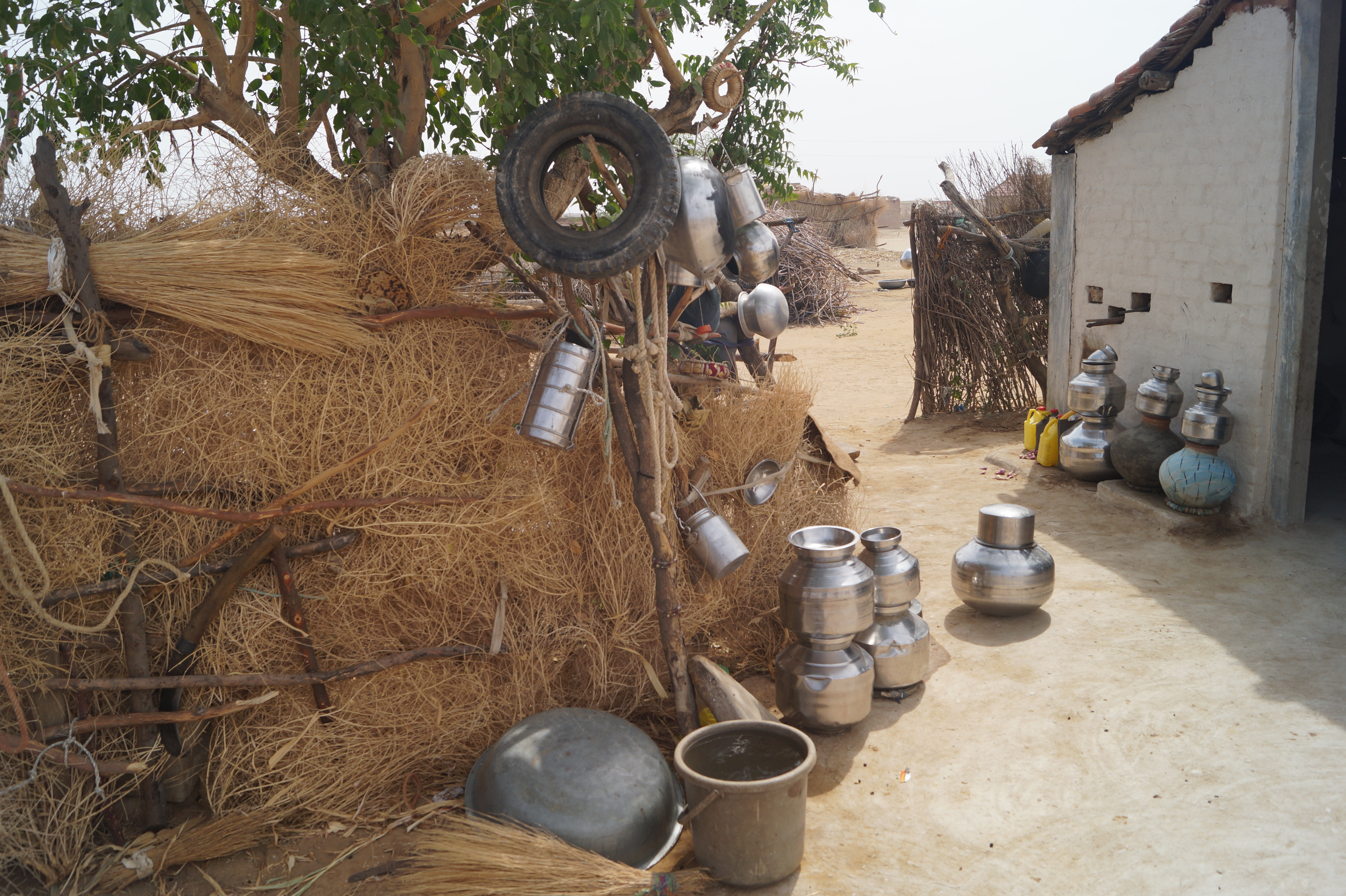
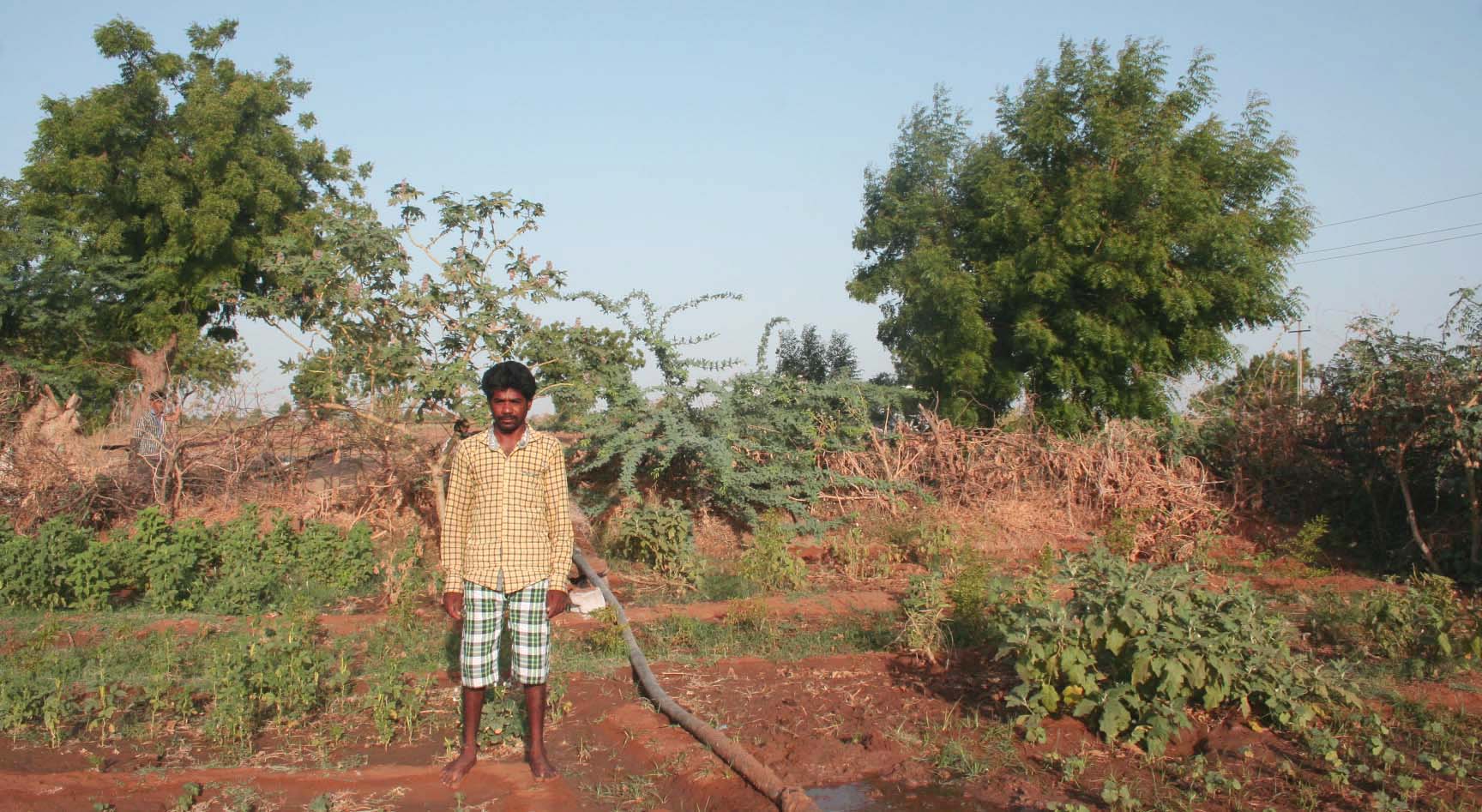
Please download the complete report ‘Digging for dreams’ from below.
This write up is a collation of the ongoing work by the Samerth team. The views and opinions expressed in this article are those of the author/organisation, and do not necessarily reflect those of India Water Portal.
All images: Courtesy Samerth Trust